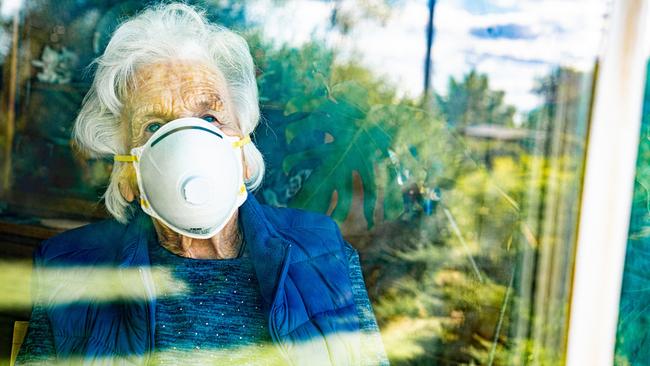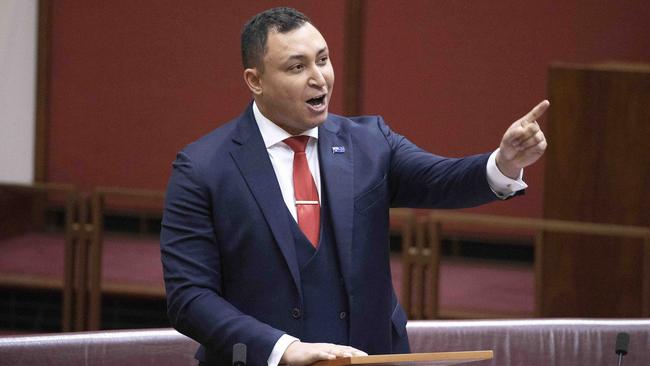Excess deaths from post-pandemic hospitals halved in return to rising health
Excess deaths which spiked in the years after the pandemic are dropping year-on-year as Australia recovers far faster than the international average.

Covid-19 fatalities are massively reducing in Australia, as new research shows death rates are returning to pre-pandemic levels.
Research by the Actuaries Institute shows an estimated 8400 people died in 2023 who would not have been predicted to if not for Covid. In 2022 there were almost 20,000 excess deaths.
These excess deaths are generally associated with non-Covid health conditions made more severe by pressures on the health system. Their reduction over time indicates a return towards pre-pandemic life expectancies.
As a portion of the national mortality rate, this marked a drop in excess deaths from 11 per cent to 5 per cent year on year.
Covid deaths similarly declined, despite regular spikes in case numbers through the winter months.
There were 4600 Covid deaths in 2023, from 10,300 in 2022. Covid-related deaths, meaning those whose infections contributed to other fatal health problems, fell to half 2022’s rate.
There were 1500 Covid-related deaths in 2023.
During last year’s flu season, the delays in accessing emergency care were predicted to have contributed heavily to excess deaths, as did undiagnosed Covid cases, which have become a more prominent challenge as tracking measures are scaled back.
Outgoing Actuaries Institute Mortality Working Group contributor Karen Cutter has surveyed these unexpected deaths since the pandemic.

“Myself, along with a couple of other actuaries, saw the excess mortality publications that were being produced elsewhere, including some of the figures for Australia, that just didn’t look right to us,” Ms Cutter said.
“Prior to the pandemic, mortality was somewhat boring in that within a quite narrow range mortality was reasonably predictable from year to year. Whether we had a good or poor flu season was really the only thing that would make a little bit of a bump in the mortality trajectory.
“We have seen mortality improvements year on year for decades now. There was some talk even prior to the pandemic, that maybe those mortality improvements were slowing down.”
Ms Cutter pointed to reductions in smoking and vast improvements to the infant mortality rate as signs of the country’s upwards health trajectory.
“Countering that, we’ve had increased obesity. So some of those big drivers of mortality improvements, such as infant mortality and smoking reductions, had been getting to the point where we’re almost as good as we can get.”
The report, released on Monday, argued it was still hard to tell whether Australia would eventually return to this slowing rate of high life expectancy, or whether the pandemic would be “a permanent loss of a few years of mortality improvement”.
These additional deaths have become a point of contention among anti-vax groups, who attribute them to fatal vaccines.
In March, United Australia senator Ralph Babet sponsored a Senate inquiry into excess mortality. It was overrun with submissions from vaccine sceptics.

Senator Babet in the past has questioned the efficacy of vaccines. The Actuaries Institute report labels the impact of vaccine-related deaths as so low it is “not numerically significant” to the study.
“(Excess deaths) did gain a lot of public interest just due to the circumstances of the pandemic,” Ms Cutter said. “But our primary objective, and it will continue to be our primary objective, is to inform. A risk with any statistics that get put out is that they’re subject to potential manipulation. But we’re going to continue to report the statistics as we see them.”
Australia ranked remarkably well in its excess mortality figures internationally. Our rate of 5 per cent sat well below the global average of 11 per cent.






To join the conversation, please log in. Don't have an account? Register
Join the conversation, you are commenting as Logout